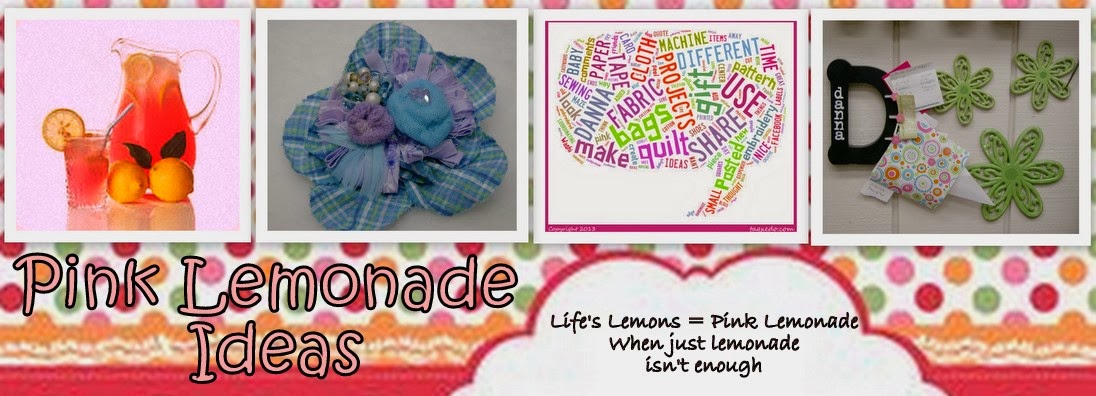The rich color pallet have a more modern feel in a traditional pattern.
I love the simplicity of the coin pattern.
In my excitement to make these table runners I did not take too many before pictures or write anything down. You know as you get older it is a wise idea to take pictures or make notes because your memory is not always reliable. I believe this coin table runner started as a charm pack. I cut the squares in half and then sewed the smaller pieces into three sections of approximately 18 pieces per section.
After you have your three sections there are several ways to set them. I chose to strip set mine with a wide border of the same fabric. Since I wanted the table runner to be a medium size. It finished at approximately 19" x 38 1/2".
The rich colors of the charm pack fabrics set against the golden border turned out quite nice. The colors and patterns of the charm pack has a little more of a modern feel which is a nice change of pace. I am not sure if I will sell this table runner or keep it for myself.
I was curious why this pattern was called a coin pattern so I did some research. Here is what I found:
This site Quilting in America has a good sample of various traditional quilt patterns and a little about their origin. I found several sites that talked about the origin of the coin quilt pattern. There were different opinions about whether the Amish Bar pattern or the Chinese Coin pattern came first. Overall most people seem to think the coin pattern represents a stack of coins. Some patterns call for all the coins to be the same height and some call for various heights. I made mine all the same.
Like most historical quilt patterns there are several variations, names and sources of origins for the Coin pattern. This is one of the fascinating aspects of quilting. With each quilt comes a sense of uniqueness to the maker. Seldom are two quilts exactly the same. What will your version of the Coin quilt pattern look like? I would love to have comments and pictures posted below for all to marvel and share our unique versions.
Danna

